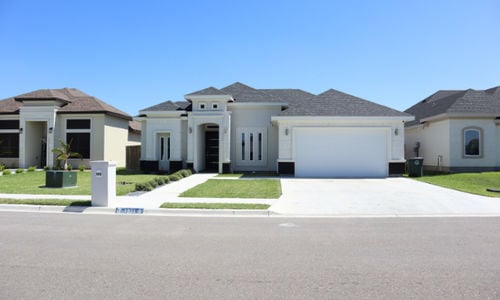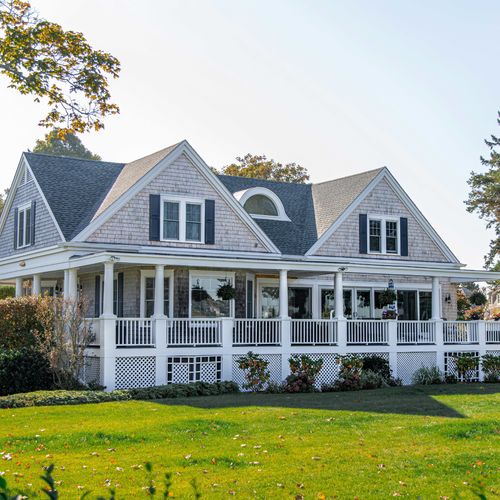After a few years of red-hot bidding wars, the Rio Grande Valley market is finally starting to cool off a bit. Inventory is up, homes are taking a little longer to sell, and it’s looking more like a balanced market than a pure seller’s market. That doesn’t mean prices are crashing — it just means buyers have a little more choice, so sellers have to be sharper with price. In a market like this, pricing right from day one is everything.

Understand absorption rates and what a balanced market means
The absorption rate tells us how fast homes are selling compared to how many homes are on the market. It’s basically: homes sold this month ÷ homes available. The higher the rate, the faster homes are getting absorbed.
- Seller’s market: more than ~20% of homes sell each month → low inventory, prices push up.
- Balanced market: roughly 10–20% sell monthly → buyers have options, but good homes still move.
- Buyer’s market: under ~10–15% sell monthly → buyers have the leverage, sellers must compete.
Right now in McAllen and Mission, we’re leaning toward that middle zone. That means you can’t just “test the market” with a high price and expect five offers in two days like 2021. You’ve got to price where the buyers actually are.
Why pricing correctly matters when the market cools
In 2021–2023, you could throw a decent house on the market and it would sell. In 2025, not the same. Overpriced homes sit. And when they sit, buyers start asking, “What’s wrong with it?” That’s when the low offers come in.
On the other side, underpricing can leave money on the table — especially if you’ve made upgrades or you’re in a hot pocket of Mission or North McAllen. The goal is to hit that price that gets you attention in the first 2–3 weeks.
You can think of it like a pricing pyramid:
- Price at market → you reach most of the active buyers
- Price 10–15% under → you reach even more buyers (good for fast moves / relocation)
- Price over market → your buyer pool shrinks fast, days on market go up
In a balanced market, it’s better to list clean and close to value, then adjust fast if the market doesn’t respond.
Steps to pick the right list price in the RGV
1. Analyze recent comparables
Start with a real CMA — not just what Zillow says. Look at homes that actually sold in the last 3–6 months in your subdivision or close to it. Pay attention to:
- Size, layout, and year built
- Condition and upgrades (updated kitchens, roofs, ACs, energy-efficient windows)
- Location — Mission ISD vs. Sharyland, close to Trenton shopping, close to the expressway, etc.
If you’re not sure how to adjust for differences, that’s where I come in. I can put together a seller CMA based on Hidalgo County data so we’re not guessing.
2. Choose the right price band
Most buyers search in price brackets — $200k–$250k, $250k–$300k, $300k–$350k. If you price at $305,000, you might miss all the buyers capped at $300,000. But if you price at $299,900, you show up in more searches and the price feels better.
In McAllen, Mission, and Edinburg, the most active ranges are often mid-$200s to low-$300s, but it depends on the neighborhood. We can look at which price points are moving fastest and park your house right there.
3. Monitor activity and adjust quickly
Once you’re on the market, the market will tell you if you nailed the price. In a balanced market, if you don’t get solid activity (showings, calls, repeat views) in 2–3 weeks, it’s usually price or presentation.
A good rule of thumb: set a plan before you list. Example → “If we don’t get an offer or strong activity in 21 days, we reduce 2–3%.” That way we stay ahead of the market and don’t become stale inventory.
4. Don’t skimp on staging and marketing
Price gets clicks. Presentation gets offers. Declutter, touch up paint, fix small stuff, and get professional photos. If we need to, we can do virtual staging. Buyers in the RGV are shopping on their phones — your listing has to look good in the first three photos.

How to avoid stale days on market
In a balanced market here, 45–60 DOM can be normal. But once you cross that, buyers start to ask questions. Here’s how to avoid that:
- Price it right from day one.
- Have a reduction plan. Small, scheduled reductions look better than one big drop.
- Refresh the listing. New lead photo, updated description, feature season-appropriate amenities.
Look beyond price — look at your goals
Pricing is not just about “what the market will bear.” It’s also about your timeline. If you’re relocating, building, or don’t want to make two payments, it may be smarter to price a little under the top of the market to sell faster. If you’ve got time, we can test the upper end — but we do it with a plan.
That’s why a local agent matters — I can tell you what’s moving in your part of Mission vs. what’s sitting in North McAllen.
Related resources
- Understanding Your Homeownership Readiness – Part 1
- Finding the Perfect Home – Part 2
- Navigating the Homebuying Process – Part 3
- How to File Your Homestead Tax Exemption in Hidalgo County
- Latest RGV Market Updates
Contact me today:
• Cell: 956-862-1556
• martinezrgvhomes.com
• Book a meeting: Calendly
Agent: Luciano Martinez, REALTOR® – RE/MAX Platinum
Experience the Martinez Difference!




